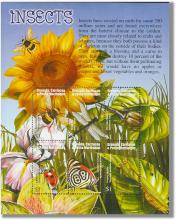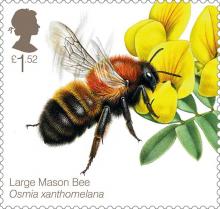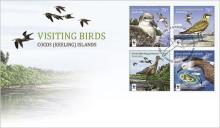Sublethal Dosage of Imidacloprid Reduces the Microglomerular Density of Honey Bee Mushroom Bodies
The dramatic loss of honey bees is a major concern worldwide. Previous studies have indicated that neonicotinoid insecticides cause behavioural abnormalities and have proven that exposure to sublethal doses of imidacloprid during the larval stage decreases the olfactory learning ability of adults. The present study shows the effect of sublethal doses of imidacloprid on the neural development of the honey bee brain by immunolabelling synaptic units in the calyces of mushroom bodies. We found that the density of the synaptic units in the region of the calyces, which are responsible for olfactory and visual functions, decreased after being exposed to a sublethal dose of imidacloprid. This not only links a decrease in olfactory learning ability to abnormal neural connectivity but also provides evidence that imidacloprid damages the development of the nervous system in regions responsible for both olfaction and vision during the larval stage of the honey bee.









